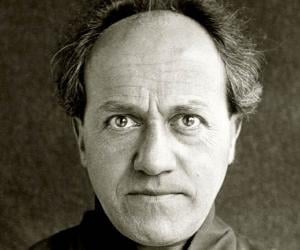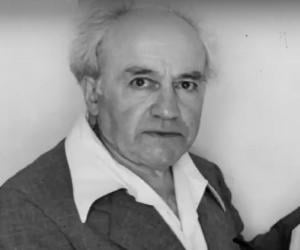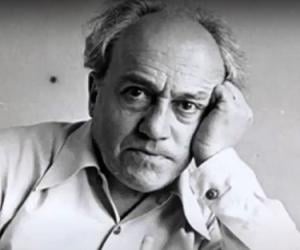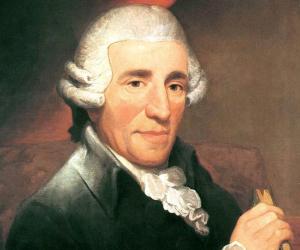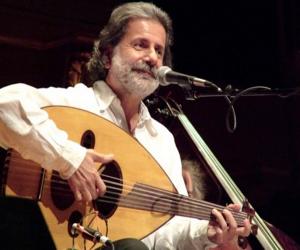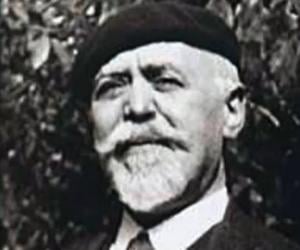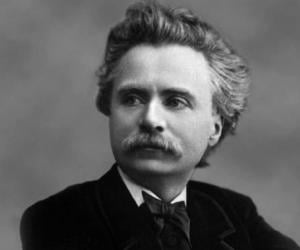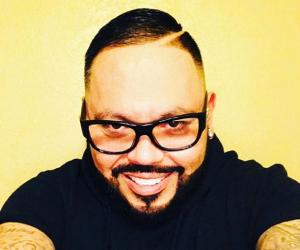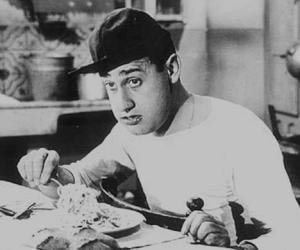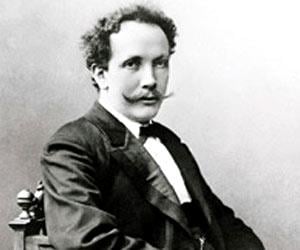Born In: Geneva, Switzerland
Ernest Bloch
Ernest Bloch was a Swiss-born American composer, celebrated not only for his works on the post-Romantic traditions, but also for his compositions on the Jewish cultural and liturgical themes. His works were acknowledged to be innovative and inventive. He is widely recognized as a successful composer whose works were appreciated and enjoyed all over by people of all ages. Bloch is also considered by many of his admirers to be the fourth ‘B’ of the Bach, Beethoven and Brahms quartet. An active wanderer and an explorer, he possessed the supreme qualities of a great composer, using romantic idioms in most of his works and writing in varied styles throughout his life. Ernest Bloch did not care about fashion or traditions of his time. Instead, his interests were inclined towards the expression of his individuality, ideas, philosophy, truthfulness, intellect and ethnicity. His compositions had the balance of all the expressions and music was the most authentic language of his life. He was very much influenced by folk music and adopted the 12-tone technique and coloristic quartertones in his compositions, which was greatly appreciated by his listeners.
